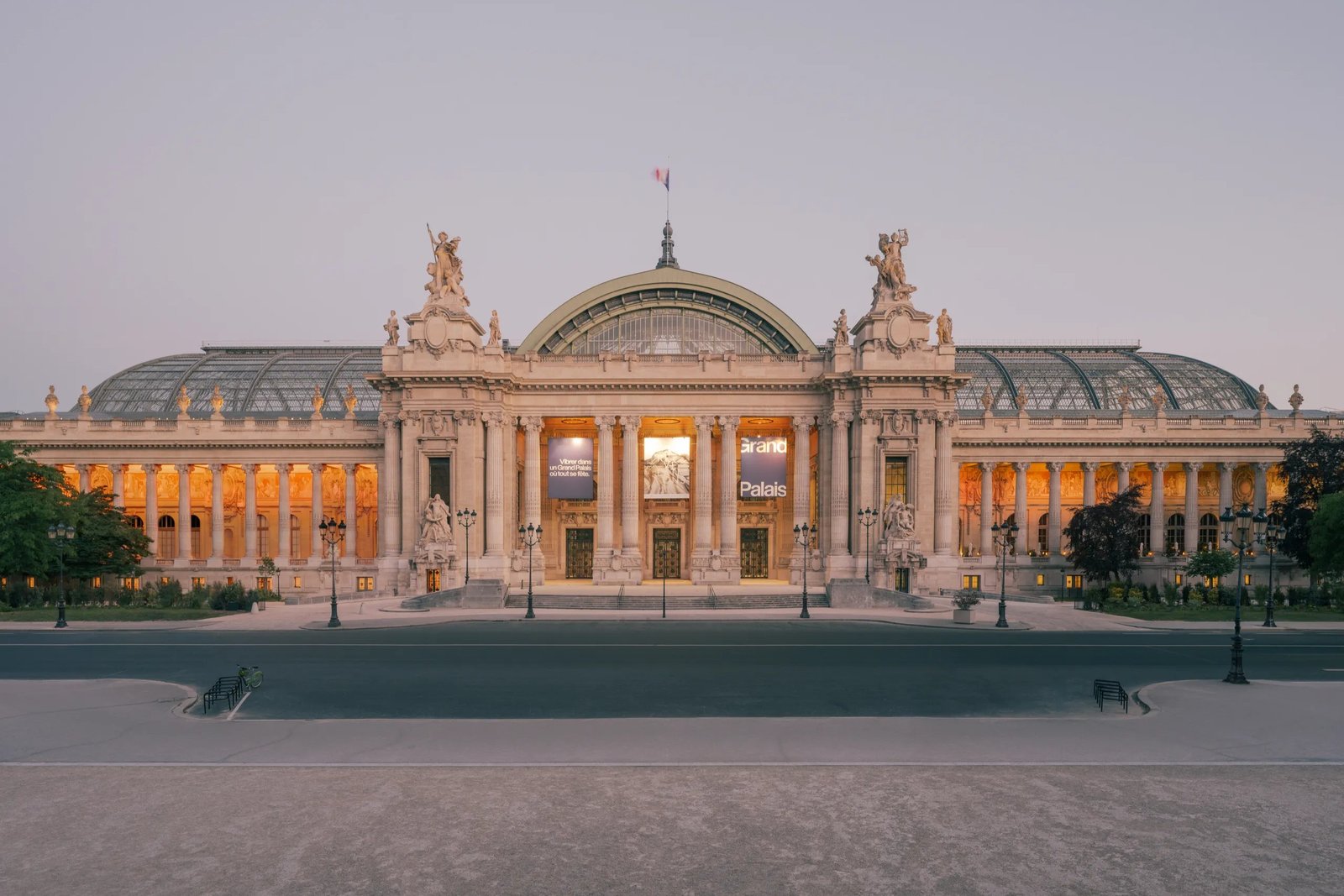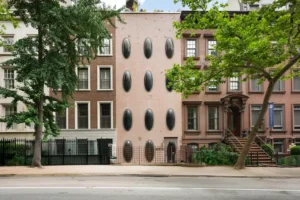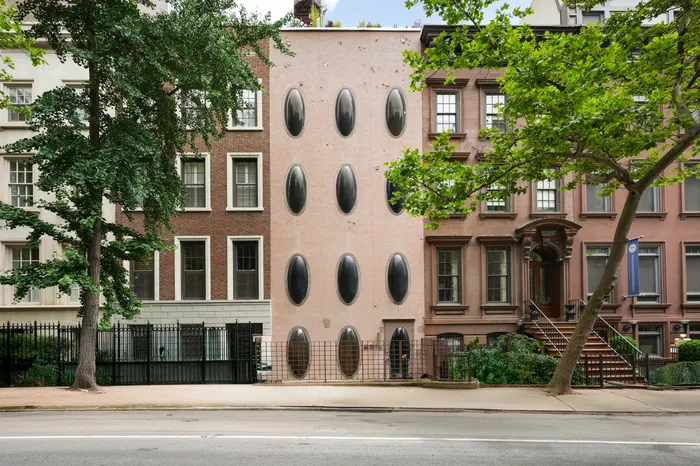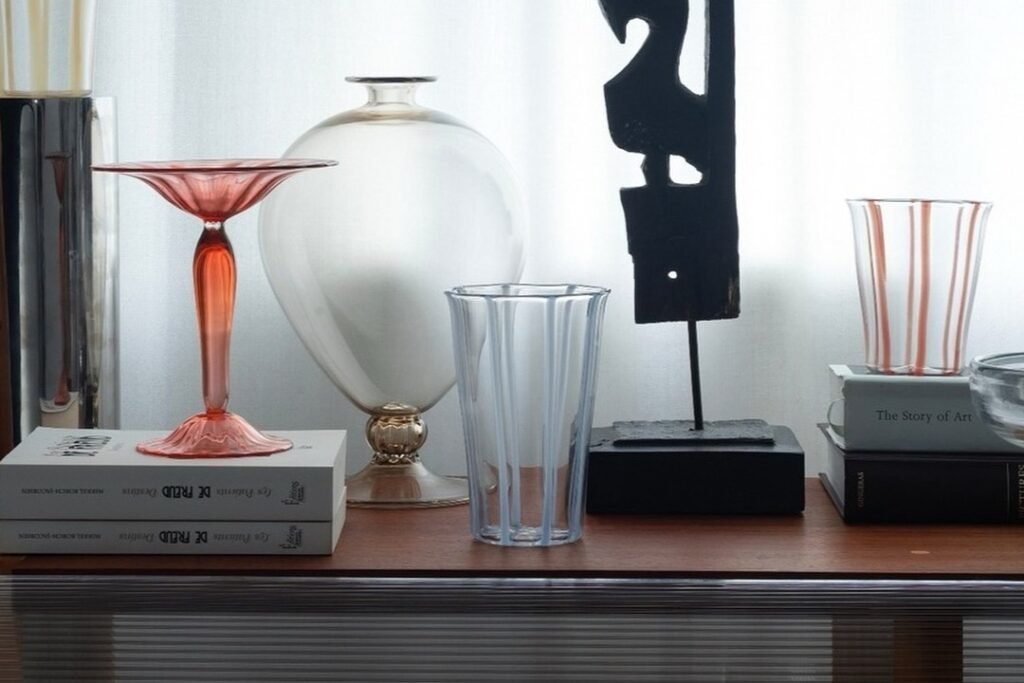An iconic cultural monument reopens its doors with renewed purpose and architectural brilliance
A New Era for a French Icon
After four years behind scaffolding, Paris’s iconic Grand Palais has officially reopened to the public, revealing the results of the most extensive restoration in the building’s 120-year history. Led by Paris-based firm Chatillon Architectes, the massive renovation covers 77,000 square meters and breathes new life into one of the city’s most recognizable landmarks.
The Grand Palais, originally built for the 1900 Universal Exhibition, has long been celebrated for its Beaux-Arts design and pioneering use of steel and glass. Over time, however, parts of the building were altered, damaged, or closed off entirely—concealing much of its original splendor. The goal of the restoration was not to reinvent the Grand Palais but to uncover and amplify its hidden beauty while making it fully functional for today’s cultural needs.
Uncovering Hidden Architecture
Chatillon Architectes approached the renovation with a commitment to historical accuracy and contemporary relevance. By studying over 3,000 archival documents, they restored the building’s original layout, opened up long-closed spaces, and introduced 40 elevators and 30 staircases to ensure full accessibility. Walls that had once blocked interior sightlines were removed—most notably, the wall between the Nave and the Palais de la Découverte, restoring a view that hadn’t existed since 1937.
The original central axis of the building has now been reopened, allowing visitors to flow from Square Jean Perrin all the way to the Seine. The architects created a new “place centrale” by connecting key interior areas like the Rotonde d’Antin and the Salon Seine, transforming the visitor experience into a continuous, light-filled journey through the heart of the Grand Palais.
A Cultural Hub for the Future
While the Centre Pompidou undergoes its own renovation, its exhibitions will temporarily be hosted within the restored Grand Palais galleries. Enhanced lighting, modern technology, and spacious design make the venue ideal for hosting contemporary art and cultural events. Public areas also received thoughtful upgrades, including a mezzanine-level café by Michelin-starred chef Thierry Marx and a stylish new brasserie, Le Grand Café, designed by interior architect Joseph Dirand.
Glass walls and restored decorative elements bring in natural light and showcase the building’s grandeur. Everything from monumental six-meter-high doors to intricate ornaments and over 150 windows has been meticulously restored.
Outside, the surrounding gardens have been reimagined to connect visually with the nearby Champs-Élysées. Over 60,000 plants from 250 species were planted, supported by a sustainable rainwater irrigation system integrated into the building’s new roof. A new pedestrian entrance at Square Jean Perrin replaces a former road, improving access and blending the Grand Palais more seamlessly into the urban fabric of Paris.
With this renovation, the Grand Palais is no longer just a monument—it’s a reactivated cultural space ready to serve generations to come.













